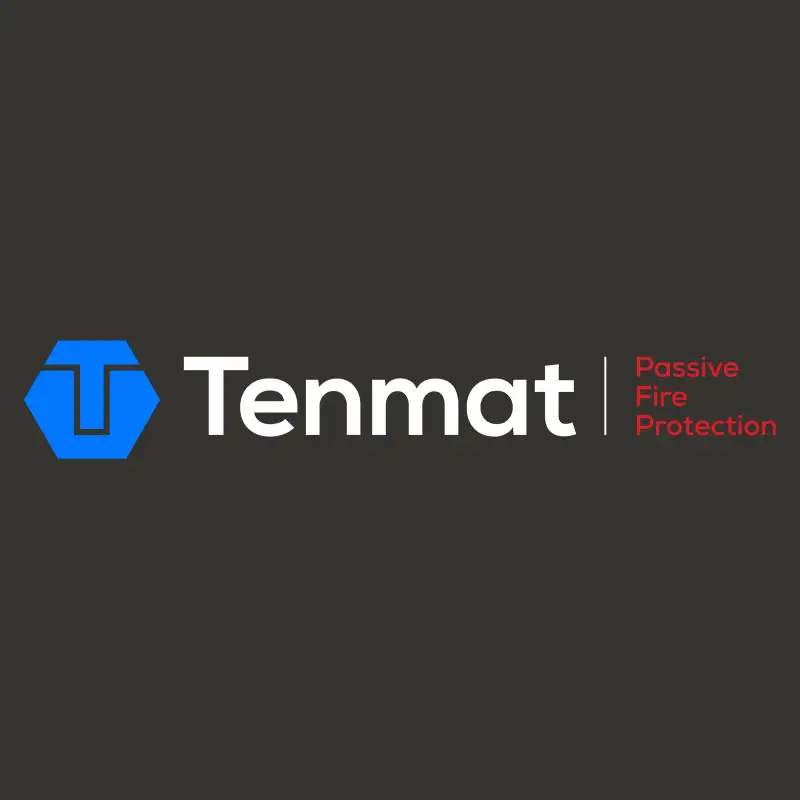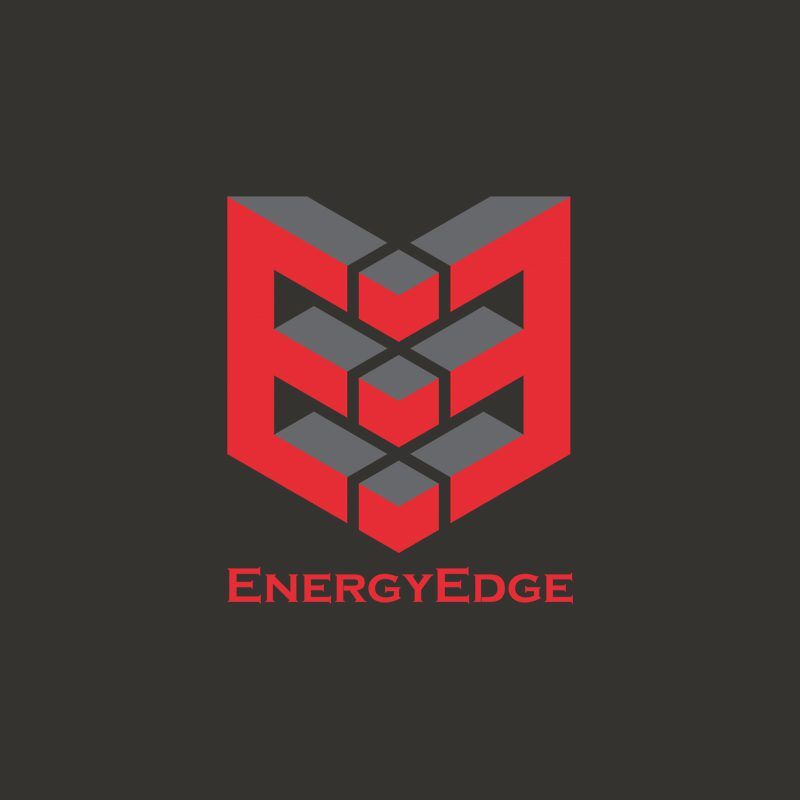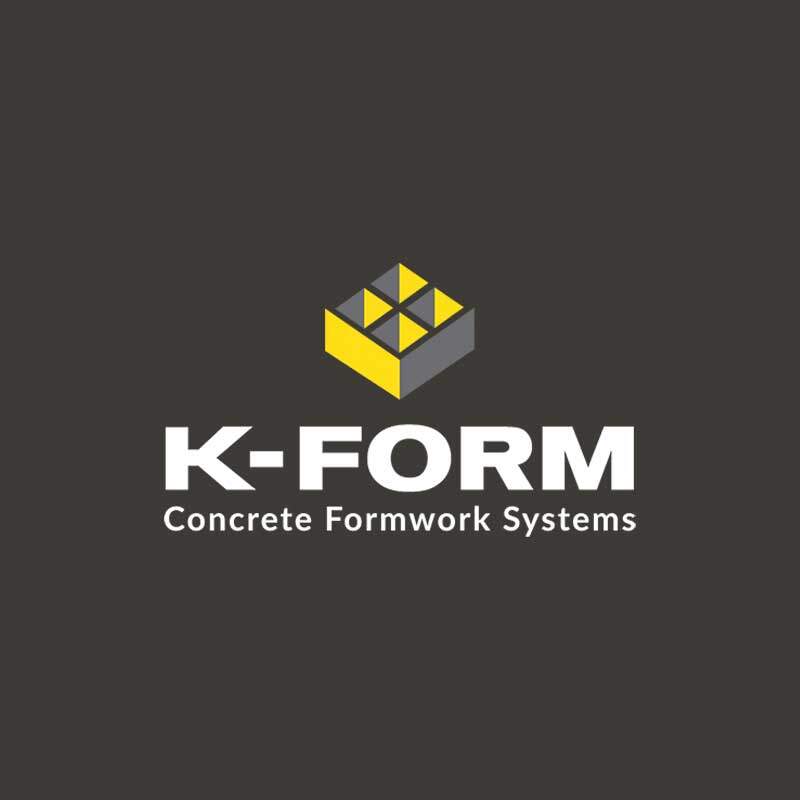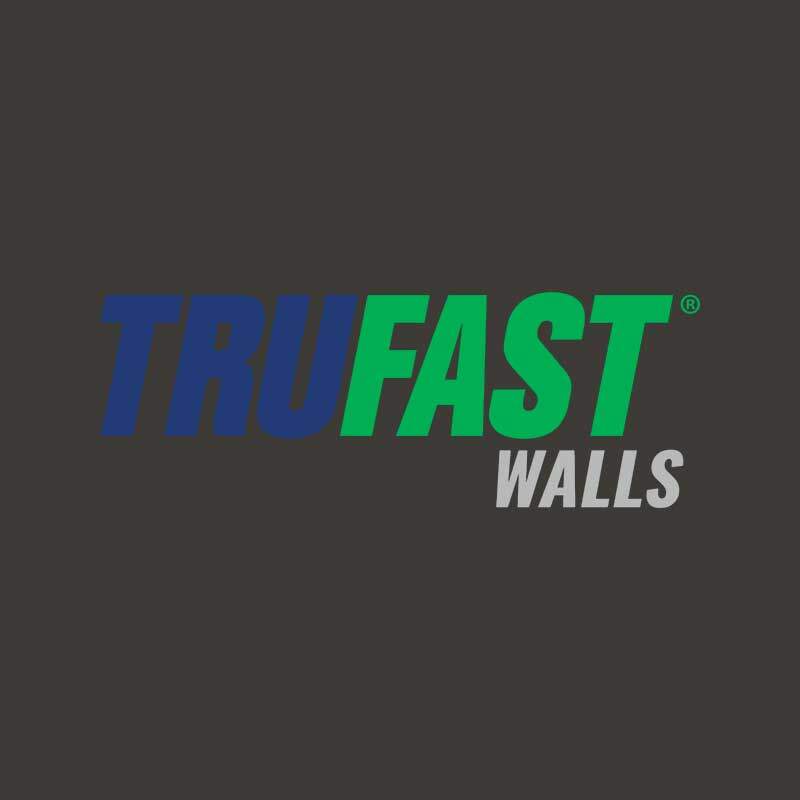Benefits of Rainscreen Cladding Panels
Rainscreen cladding systems offer a range of benefits that enhance the performance and aesthetics of buildings. They provide superior moisture protection by allowing water to drain and air to circulate behind the cladding, reducing the risk of mold and structural damage. Rainscreen cladding also improves energy efficiency through better insulation and thermal regulation. Additionally, rainscreen cladding increases a building’s durability, supports design flexibility with a variety of materials and finishes, and contributes to sustainability by extending façade lifespan and reducing maintenance needs.
How Rainscreen Cladding Works
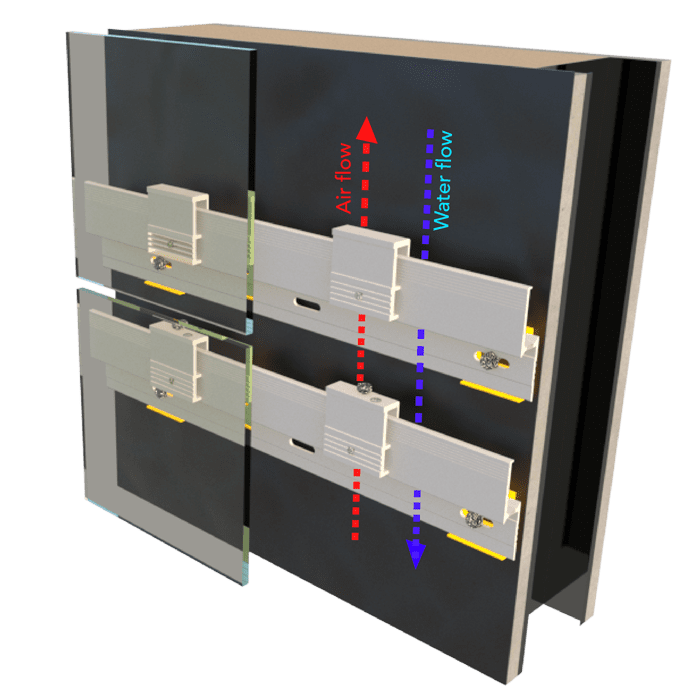 Rainscreen cladding systems function as a protective barrier that shields a building’s structure from moisture while promoting ventilation. These systems use a two-layer wall construction: the outer layer, or cladding panel, repels most of the rainwater, while the inner layer provides insulation and structural support.
Rainscreen cladding systems function as a protective barrier that shields a building’s structure from moisture while promoting ventilation. These systems use a two-layer wall construction: the outer layer, or cladding panel, repels most of the rainwater, while the inner layer provides insulation and structural support.
Between these layers is an air cavity—a ventilated space that allows any moisture that penetrates the outer skin to drain or evaporate. This continuous airflow also helps manage temperature and reduce condensation, extending the life of the building envelope.
Rainscreen components include:
- Rainscreen cladding panels (typically metal, composite, or fiber cement)
- Ventilated air gap
- Moisture barrier or sheathing
- Rainscreen framing
By separating the outer façade from the main wall assembly, rainscreen cladding systems create a drainage and drying zone that significantly improves moisture control, energy efficiency, and building durability.
Advantages of Rainscreen Cladding Systems
Rainscreen cladding systems offer a range of functional and aesthetic benefits that enhance the performance and appearance of modern buildings. Here are the key advantages:
1. Superior Moisture Management
Rainscreen systems prevent water infiltration by creating a ventilated cavity behind the cladding. This allows moisture to drain and evaporate, protecting the structural wall from rot, mold, and decay.
2. Improved Thermal Performance
By incorporating an additional insulation layer and promoting airflow, rainscreen systems reduce thermal bridging and increase a building’s energy efficiency—lowering heating and cooling costs.
3. Enhanced Durability
Cladding panels shield the building from weather extremes, UV radiation, and pollutants. This protection extends the lifespan of the underlying wall system and reduces long-term maintenance needs.
4. Design Flexibility
Rainscreen panels are available in a wide variety of materials, textures, colors, and finishes, offering architects and designers significant freedom to achieve both traditional and contemporary aesthetics.
5. Fire Resistance and Safety
Many rainscreen systems use non-combustible materials and meet fire safety standards, making them suitable for commercial and residential applications. Additional fire suppression is available through rainscreen intumescent fire block strips.
6. Acoustic Performance
The multiple layers in a rainscreen system can help dampen external noise, improving indoor acoustic comfort in urban environments or high-traffic areas.
7. Sustainable Construction
Rainscreen cladding supports green building practices by increasing energy efficiency, reducing material degradation, and allowing for easier retrofit or panel replacement.
Rainscreen Cladding Applications in Modern Architecture
Rainscreen cladding systems are widely used in modern architecture for their functional benefits and contemporary aesthetic appeal. They are commonly applied in commercial buildings, multi-family residential developments, educational facilities, and institutional structures to enhance façade durability and design versatility.
Architects favor rainscreen systems for new construction and renovations alike, especially in projects prioritizing energy efficiency, moisture control, and sustainable design. The ability to integrate a wide range of materials and textures makes rainscreen cladding ideal for creating bold, dynamic exteriors that align with modern design trends.
Whether used to meet green building certifications or to achieve a sleek, low-maintenance façade, rainscreen cladding plays a key role in shaping the look and performance of today’s built environments.
Omnis High Performance Rainscreen Cladding
Omnis Panels exclusively offers two high-performance composite stone rainscreen cladding solutions: Steni Panels and Petrarch Panels.
Steni composite stone rainscreen panels (Colour, Vision, and Nature series) feature a fiberglass-reinforced polymer composite with a core of crushed limestone. Their smooth surface boasts an electron beam-cured acrylic finish. Notably, Steni Panels are 100% water-impermeable and engineered to endure the most demanding environments. Backed by a 60-year industry-leading warranty, Steni offers exceptional durability and peace of mind, underscoring its commitment to quality and longevity.
Petrarch rainscreen panels are a stone composite primarily composed of reconstituted marble. Comprised of natural stone, Petrarch Panels withstand extreme environmental conditions, vandalism, and long-term exposure. A key advantage of Petrarch is its significantly lighter weight compared to natural stone, simplifying on-site installation and cutting, ultimately reducing construction time and costs.





